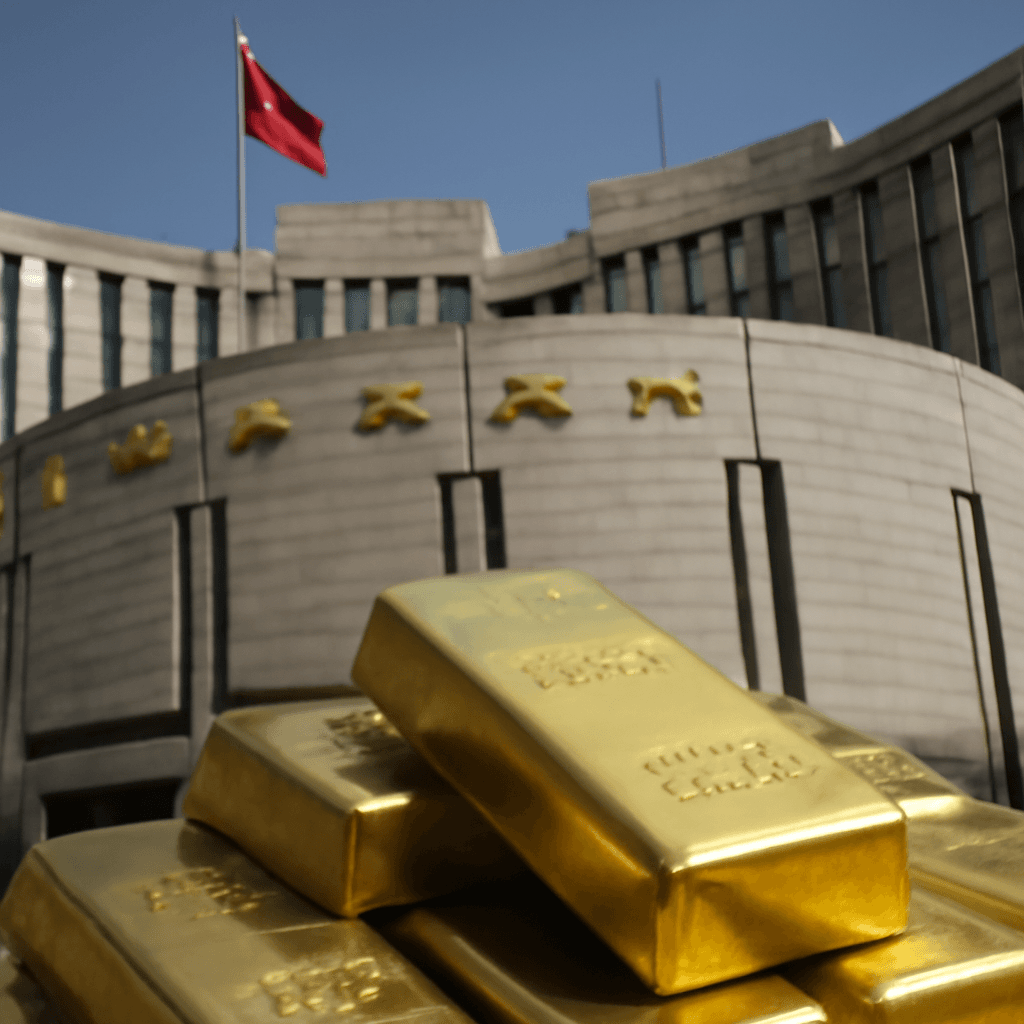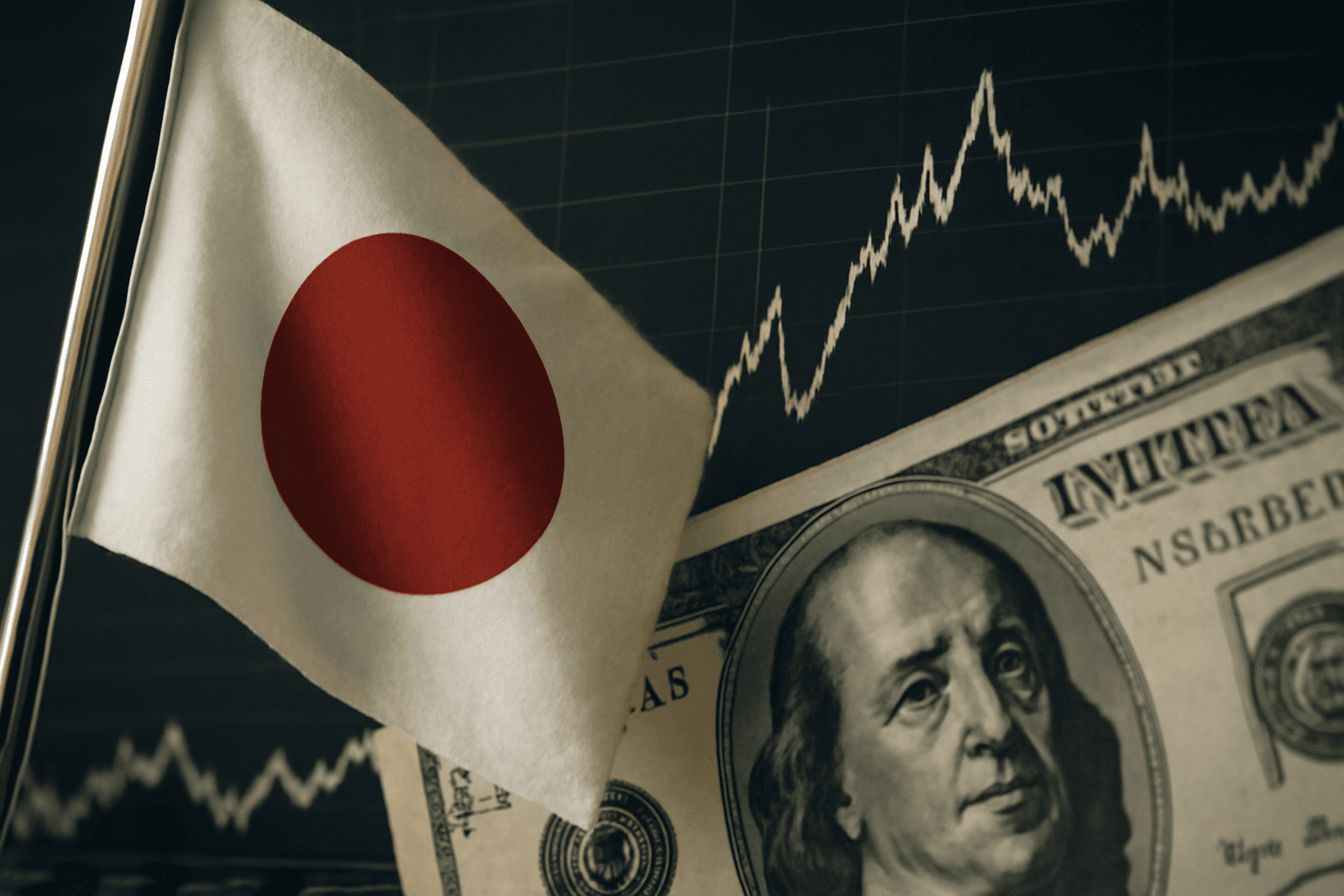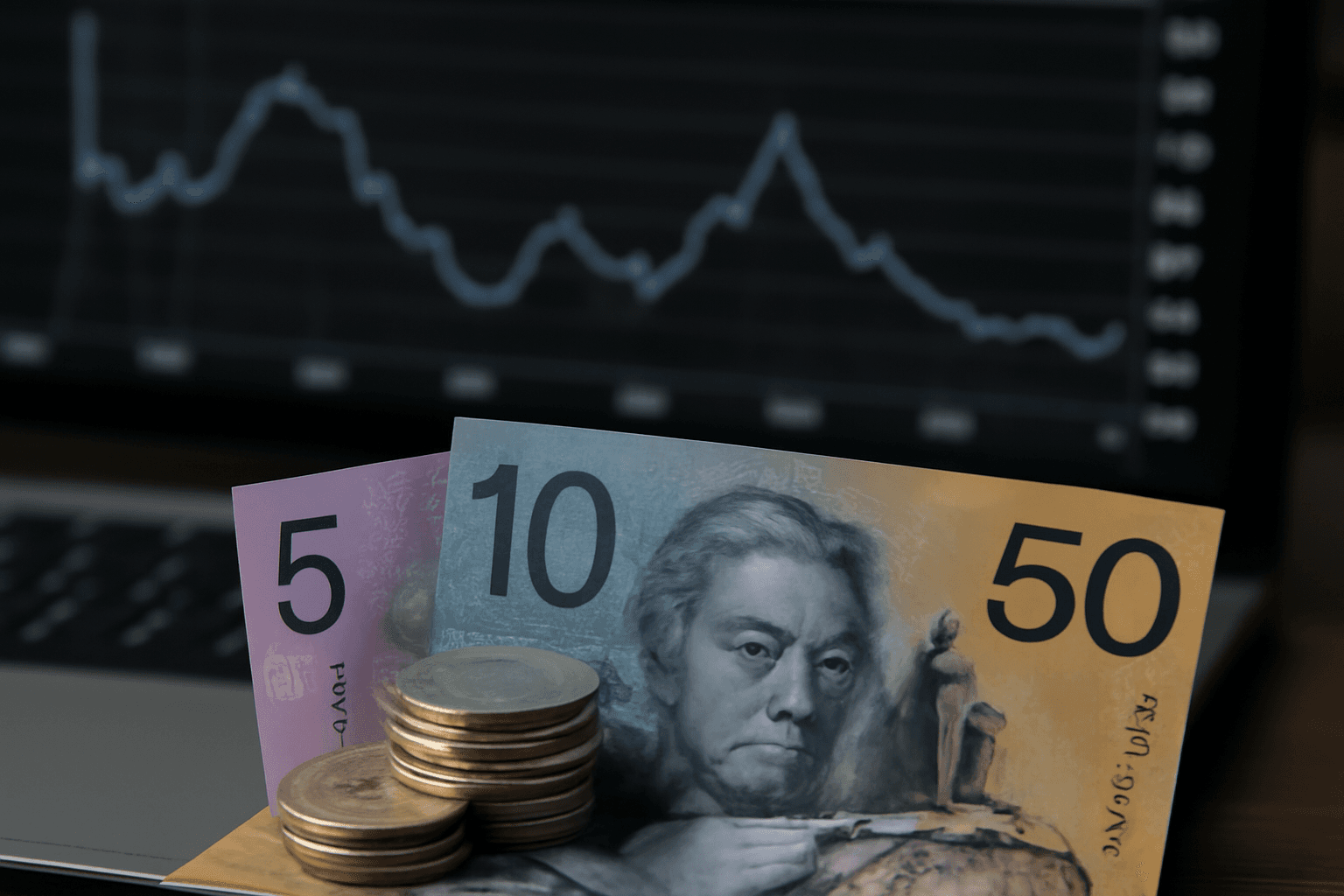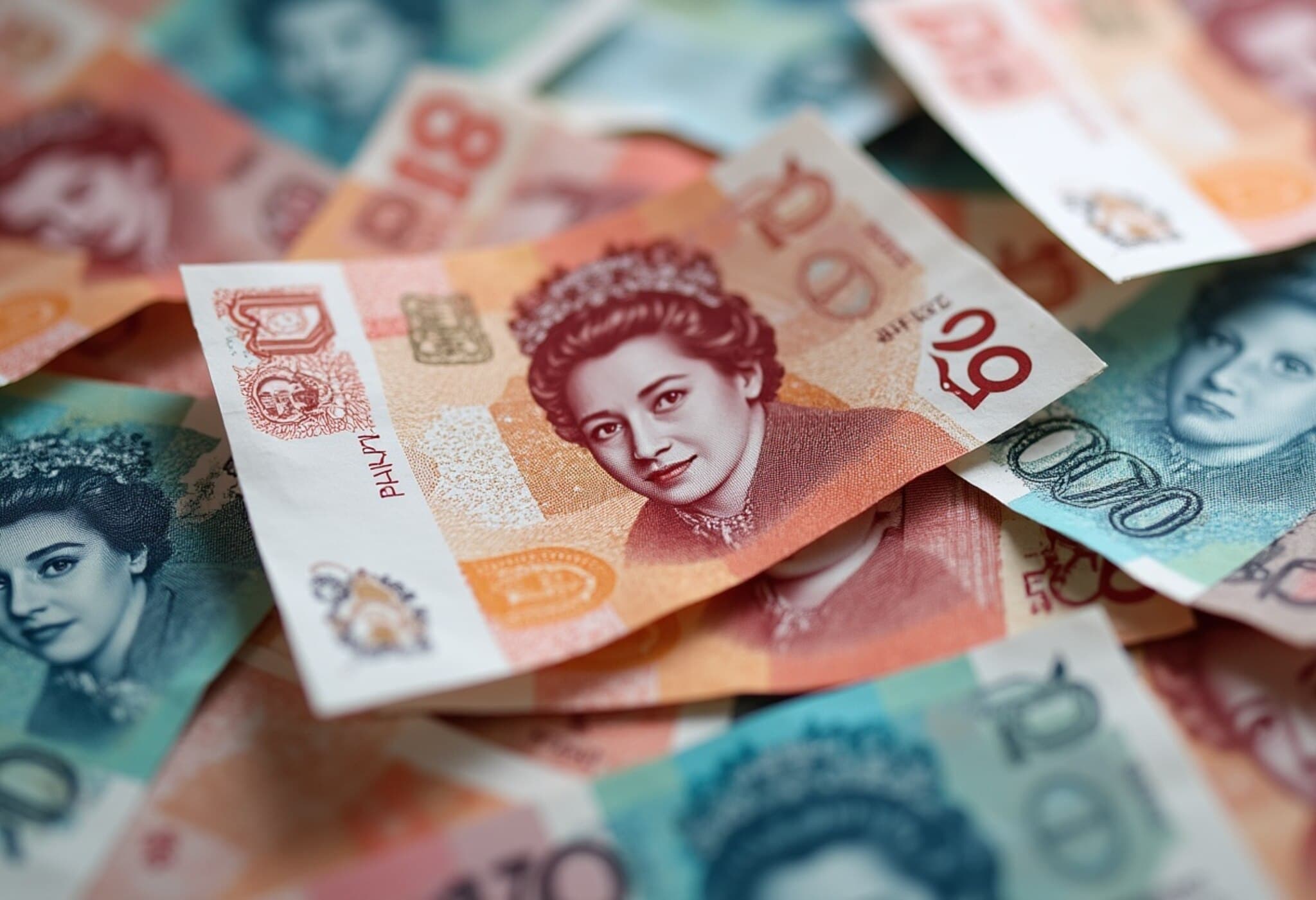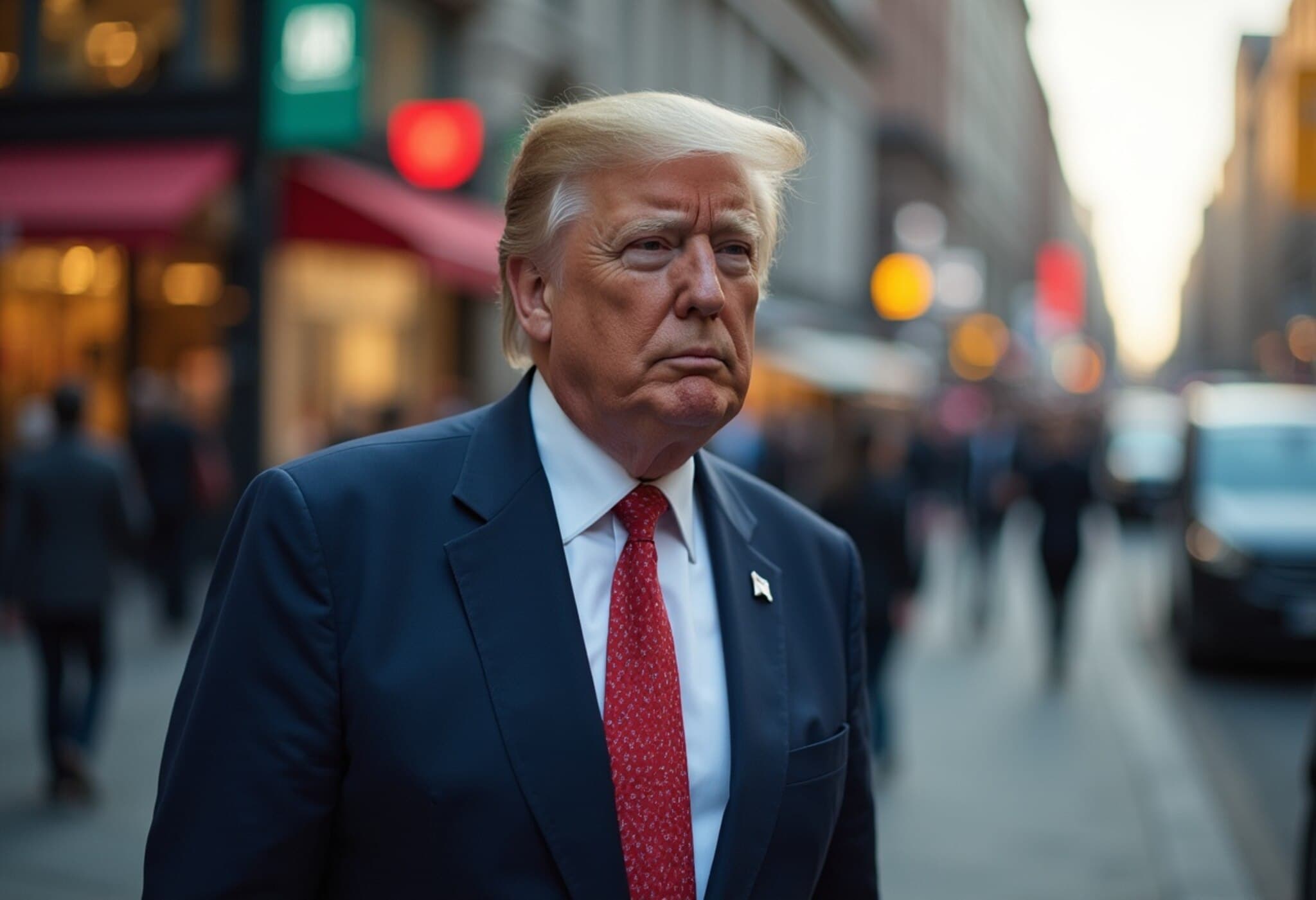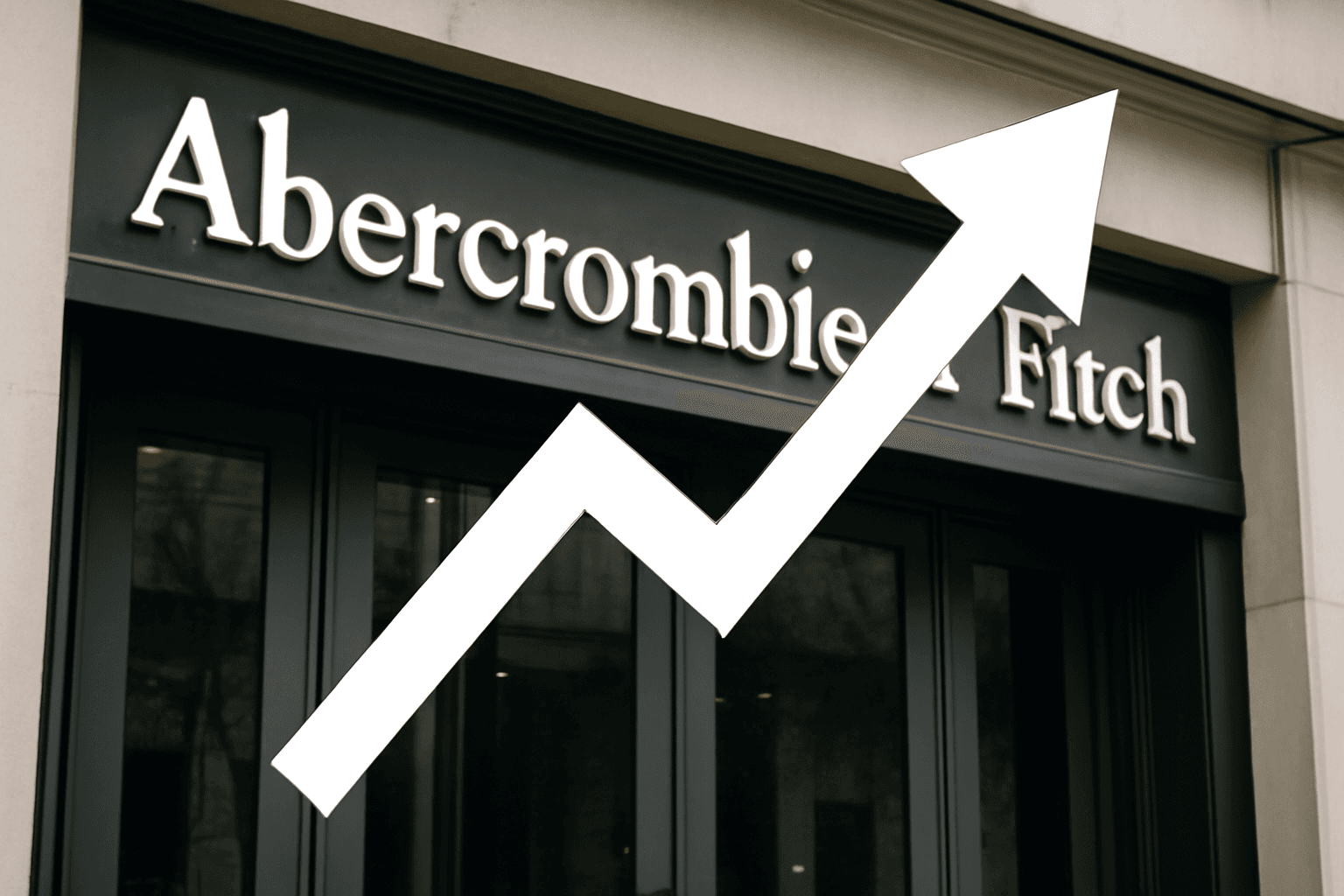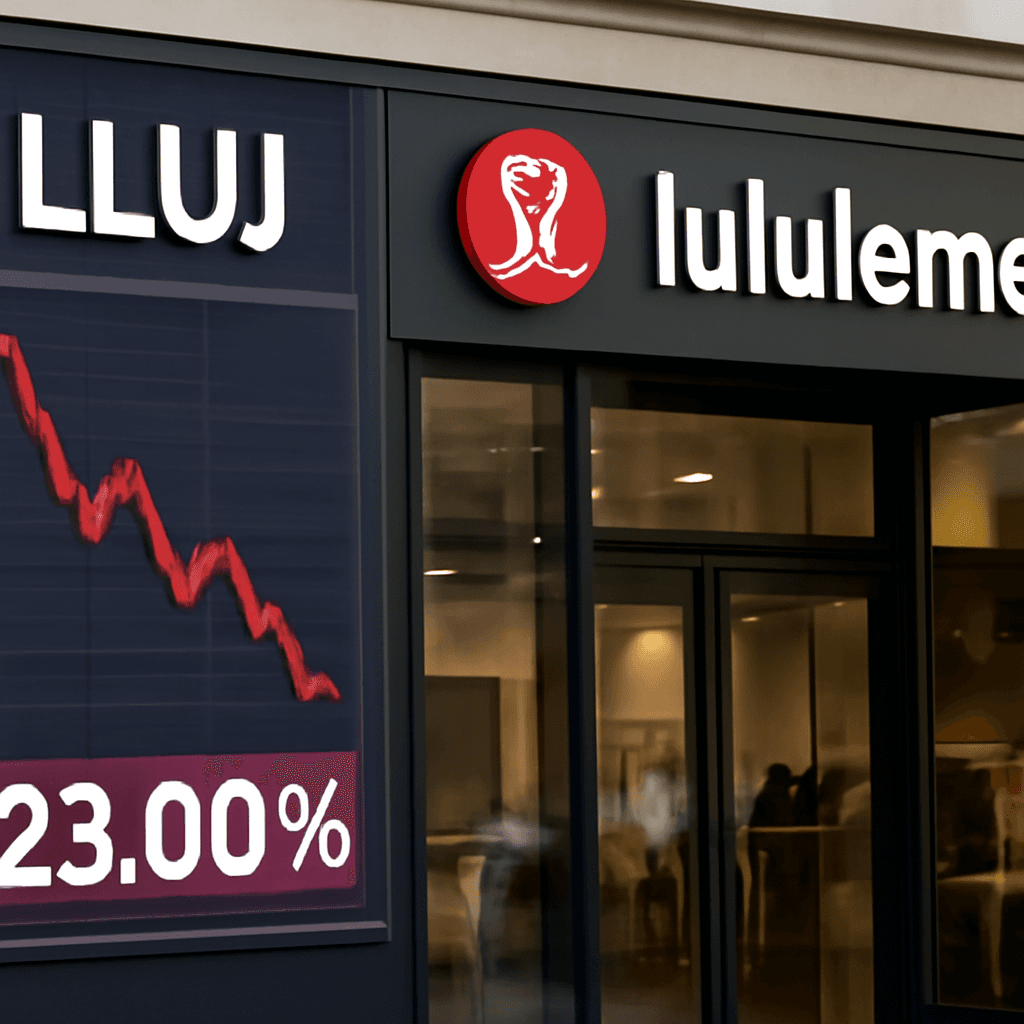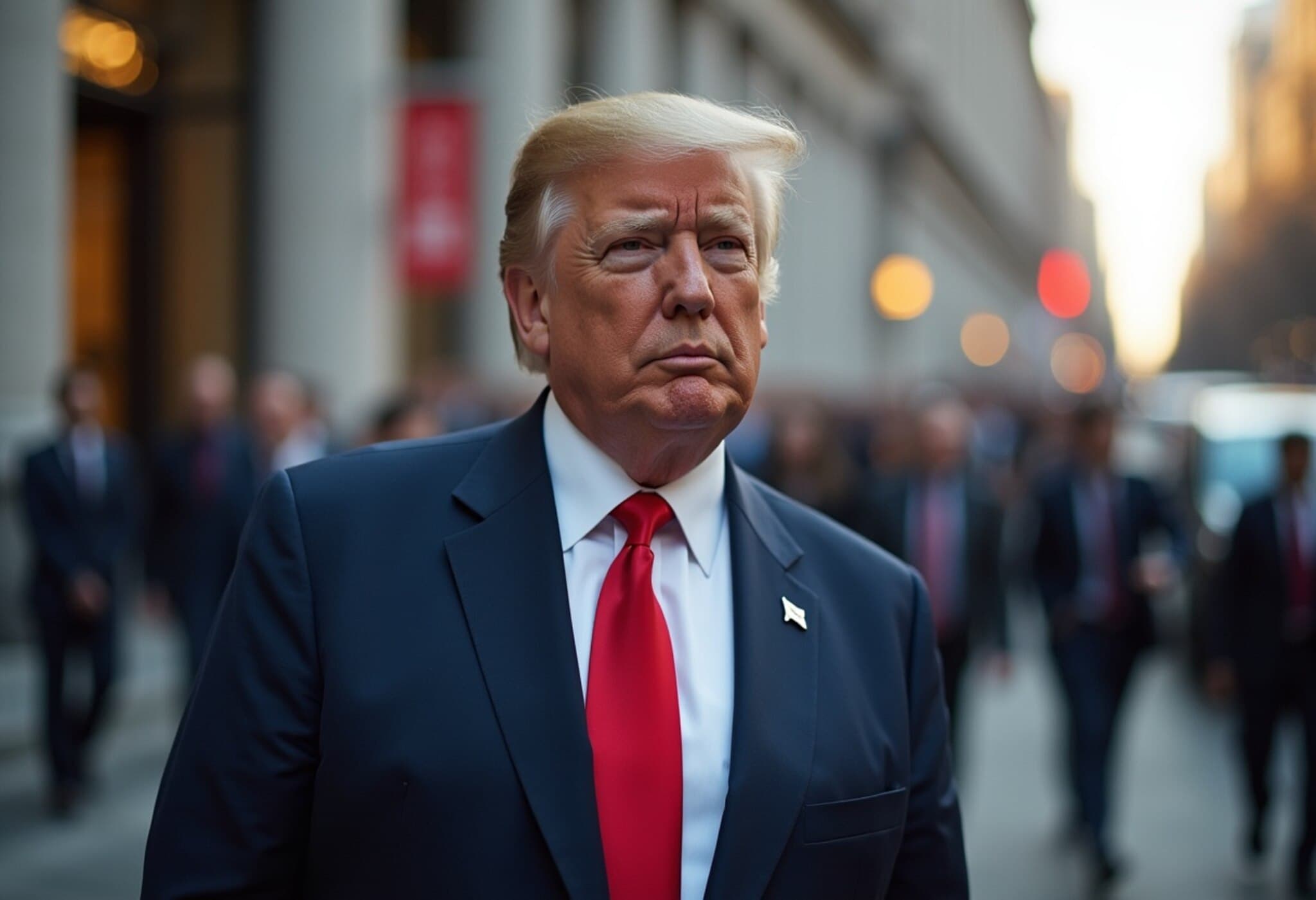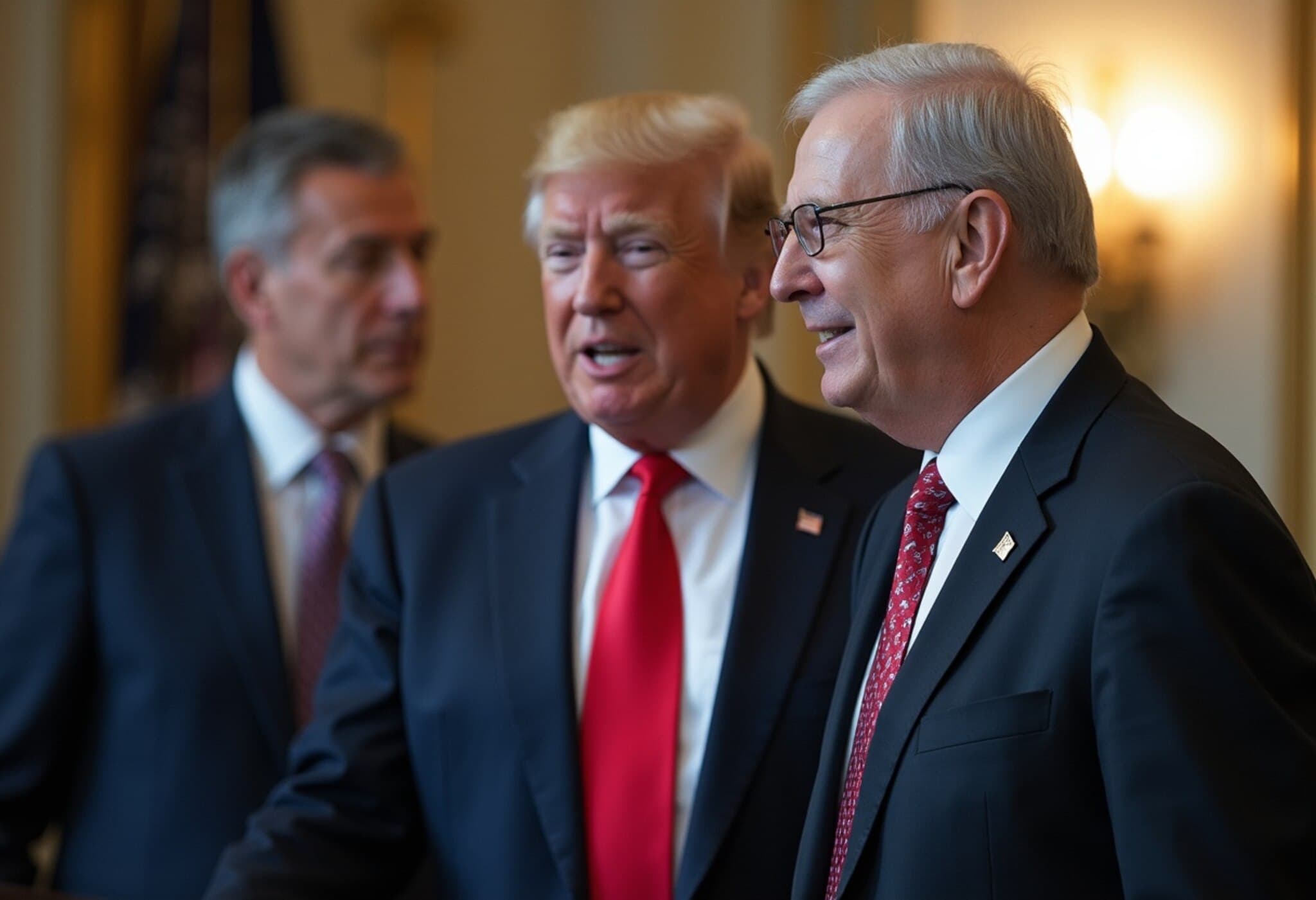Gold’s Rally Reignites Following Trump’s Tariff Exemption Announcement
In a turn of events that has captivated investors and market analysts alike, former U.S. President Donald Trump clarified that gold would be exempt from newly proposed import tariffs, sparking renewed optimism for a significant rally in gold prices. This announcement comes after a brief period of uncertainty that sent gold futures to an all-time high earlier in August, driven by concerns over potential tariffs on gold bars.
Backdrop: Confusion Over Tariff Classifications
Last month, the U.S. Customs and Border Protection (CBP) agency issued a ruling affecting certain Swiss gold refiners, classifying one-kilogram and 100-ounce gold bars under a customs code subject to reciprocal tariffs. This development raised red flags across markets, leading many to speculate how these tariffs might disrupt global gold trade and impact pricing. In response to the growing confusion, the White House announced it would clarify misinformation surrounding gold tariffs.
Trump’s Confirmation Bolsters Market Confidence
On August 11, Trump took to his Truth Social platform to affirm emphatically, “Gold will not be Tariffed!” This statement provided immediate relief to the gold markets. Following the update, gold futures softened somewhat from their earlier spike but remained robust, with December contracts trading near $3,390 per ounce early Tuesday.
Expert Insights: Why This Matters for Gold Investors
Philippe Gijsels, Chief Strategy Officer at BNP Paribas Fortis, expressed a bullish outlook irrespective of the tariff debate. He highlighted gold’s unique status as a universal currency and refuge, stating that a transparent, uniform pricing system is critical for the metal’s role as a safe haven.
“The current environment, marked by rising inflation, mounting debt, and geopolitical uncertainty, is perfectly poised for gold’s resurgence. This bull market may well be just beginning,” Gijsels remarked.
UBS Weighs In: Tariff Confusion Highlights Broader Risks
Swiss banking giant UBS echoed the bullish sentiment but cautioned on the ripple effects of tariff misclassifications. Their strategists forecast London spot gold climbing to $3,500 per ounce by year-end, noting that US tariff policy ambiguities create "havoc on the ground" for investors.
UBS analysts warned that while demand for gold is unlikely to wane—and may even increase—the way investors store and transact in gold now requires heightened attention due to these regulatory uncertainties.
Market Dynamics and Ongoing Uncertainties
Adding nuance to the narrative, Michael Hsueh, research analyst at Deutsche Bank, pointed out that the exemption was largely anticipated, as reflected by narrowing price spreads between London and New York markets. He underscored the existence of residual ambiguities from conflicting import rulings but reassured that these do not currently pose significant market disruption risks.
The Bigger Picture: Gold in America’s Economic Landscape
From a policy standpoint, Trump's tariff exemption on gold aligns with the metal's historical role as a bulwark against inflation and fiscal instability in the United States. Amid soaring government deficits and persistent inflationary pressures, gold’s protective allure intensifies, making it a strategic asset for both individual investors and institutions seeking stability.
Yet, the episode also shines a light on the complexities of US trade policy implementation, especially when different government branches issue conflicting guidance, sowing temporary confusion that reverberates through global markets.
Looking Ahead: What Investors Should Watch For
- Monitoring how the US government resolves tariff classification discrepancies.
- Tracking geopolitical developments that could amplify gold's safe-haven demand.
- Evaluating shifts in gold storage and liquidity preferences due to policy uncertainty.
- Observing inflation trends and fiscal policy shifts impacting gold’s long-term valuation.
Editor’s Note
Trump’s tariff exemption announcement has effectively cleared a major hurdle for gold, unlocking potential for further price appreciation driven by macroeconomic and geopolitical factors. However, the episode underscores the fragility of trade policy clarity and its outsized impact on investor confidence. As gold positions itself for a possible surge past $4,000 an ounce, vigilance remains crucial—both for market participants navigating regulatory currents and policymakers crafting trade and economic strategies. This evolving story invites critical questions about how government actions shape commodities markets and the mechanisms necessary to bolster transparency and stability in such vital sectors.


